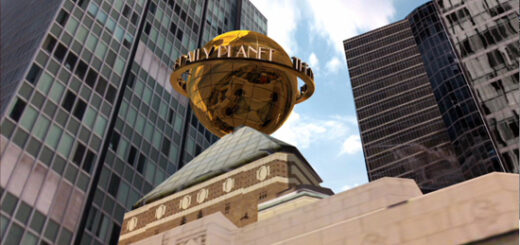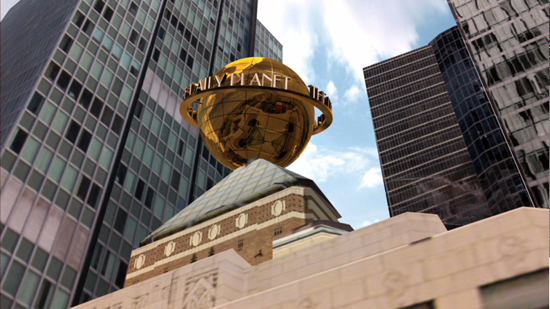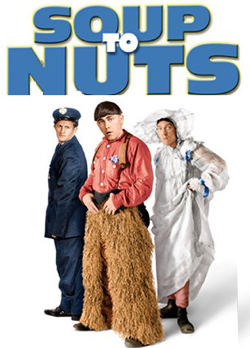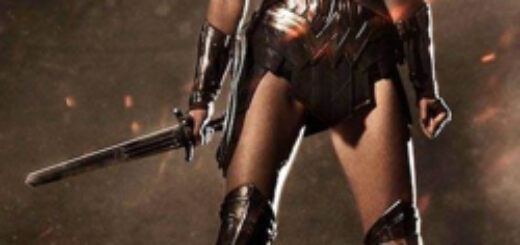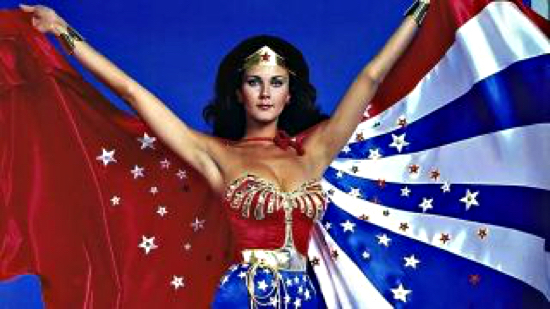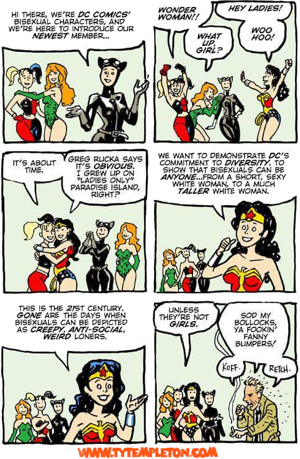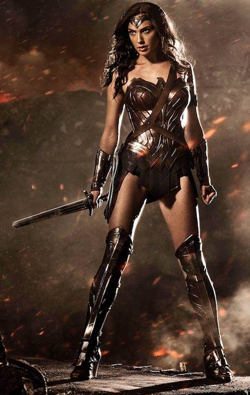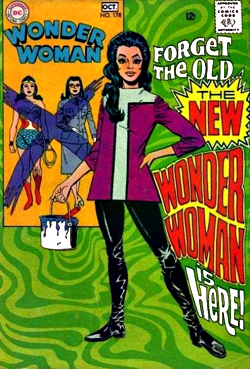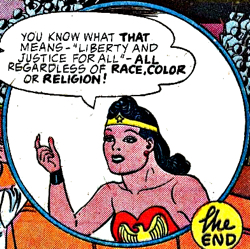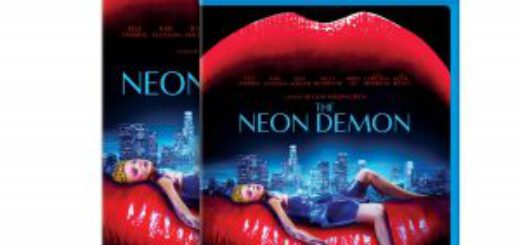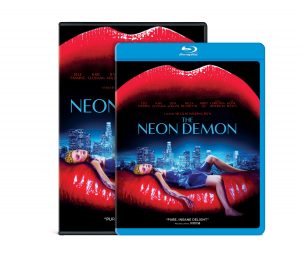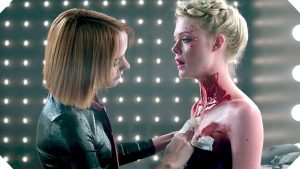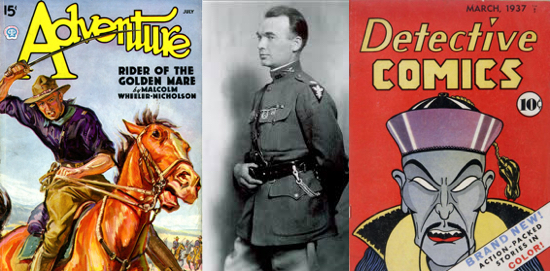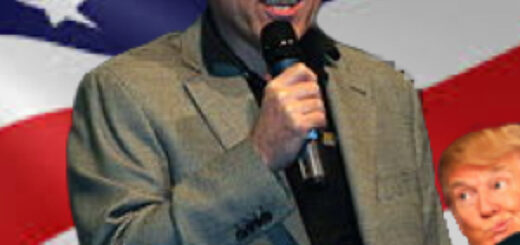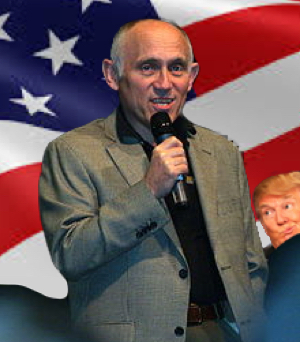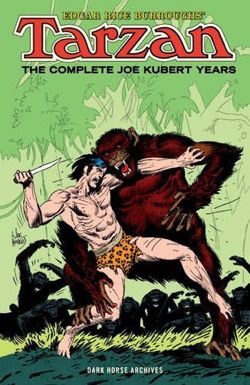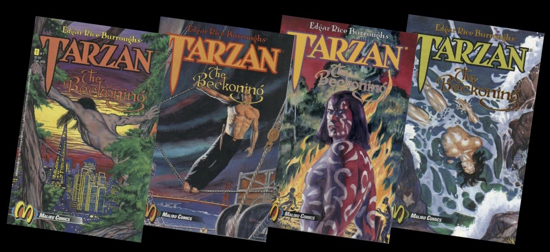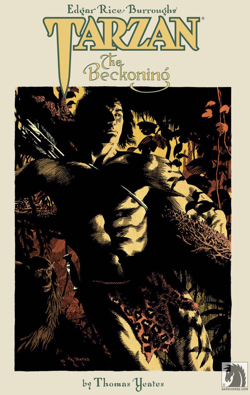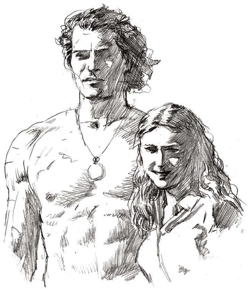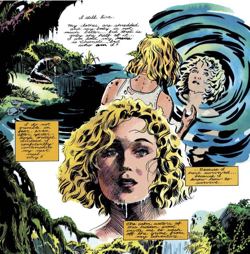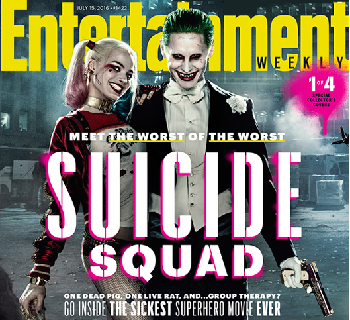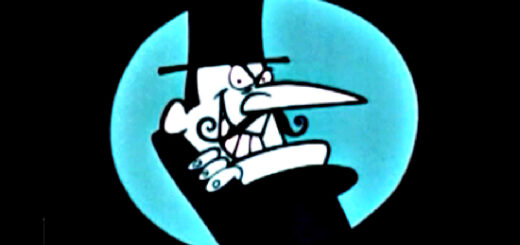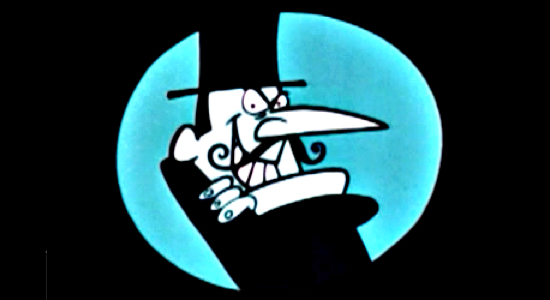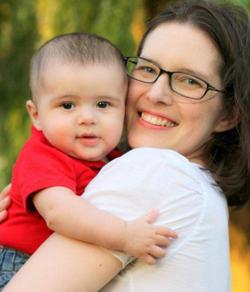Emily S. Whitten Looks Forward to NYCC 2016!
The New York Comic Con is upon us once again, and I can’t wait. This year, as usual, I have a massive list of things I want to see, people I want to talk to, and, of course, merchandise I want to take a gander at (not to buy it, of course. Oh no no no! Certainly not, considering I have way too many collectibles already. I’m just going to look. Really. Just…you know, a little bit. No buying here, nosiree…um). There are also a few cool parties floating around…and you know how I love a good party.
Everyone who goes to NYCC has their own unique wish list of what they want to experience while there. But in case you aren’t sure what you want to see first, here are some of the things I’m most looking forward to. Maybe they’ll appeal to you, too!
Panels
I’ve finally managed to catch myself up on a lot of the great shows out there. The first of these is The Walking Dead. I had to take a break on that show after the first season, despite the awesome character arcs, because there was just a leetle too much zombie head-squishing for me to handle non-stop (from which information we all know how I’d fare in the zombie apocalypse. I’d be the one hiding behind Daryl). But once I started in again I just couldn’t stop – the show is such a great adrenaline-plus-compelling-character mix, with just the right balance of cliff-hangers.
So this NYCC, I am super-psyched to finally experience a Walking Dead panel without my usual concern about spoilers. So many cast members are going to be there (Andrew Lincoln, Norman Reedus, Danai Gurira, Steven Yeun, Michael Cudlitz, Lauren Cohan, Sonequa Martin-Green, Melissa McBride, Lennie James, and Alanna Masterson) and I can’t wait to see what they have to say about the new season.
Now that I’m back into Gotham (and also have had the pleasure of meeting several of the fantastic cast members and even interviewing one) I can’t miss a Gotham panel. NYCC is offering “Inside Gotham,” with David Mazouz, Erin Richards, and Robin Lord Taylor, and it’s definitely on my list. I’ve already seen a couple of Gotham panels thanks to Dragon Con, and from that I know these folks are definitely worth the price of standing in line. Gotham panel? I’m so there.
Netflix and Marvel are killing it with their partnership on shows like Daredevil, Jessica Jones, and Luke Cage. Now that Luke Cage has dropped, next up is Iron Fist. I’m particularly curious to see how the mystical martial artist will fit into the street-smart collection of characters that Marvel has developed to date – so there’s no way I’m going to miss the Iron Fist panel, which will give us a sneak peek into what’s coming to Marvel’s Netflix line-up March 17, 2017.
Speaking of The Walking Dead and Daredevil… I am kind of notorious among some friends for loudly declaring that I can’t stand The Punisher (which stems in part from his actual character, and perhaps in part from the fact that every Marvel blind box toy I’ve ever opened magically morphs into The Punisher right before I open it. Seriously. At one point I had six little Punishers, and none of them by choice. Argh.)
But I will admit that The Punisher as portrayed by Jon Bernthal in the Netflix Daredevil series was really well done; and also I will say that while Shane on The Walking Dead was an infuriating character, he was also really psychologically interesting, given the intersection of his love for his best friend, his obsession with his best friend’s wife, and the misogynistic tilt of that obsession that clearly took it out of the category of real love and into a dark, scary place, despite his firm belief that he really loved her.
NYCC is doing two spotlights on Jon Bernthal, with most of the focus being on his role as The Punisher; and given my interest in the way he portrayed both of those characters, I’m going to do my best to get to at least one.
And finally, it wouldn’t be a New York Comic Con for me without going to see the Nickelodeon Teenage Mutant Ninja Turtles panel. I’ve been covering the show for four years, since NYCC 2013, and I haven’t lost my love for it (or the excellent cast and crew) at all. It’s such a great show, full of humor, and heart, and fun characters, and cool animation; and I’m stoked to see what else the cast and crew have to share with us since the last time I chatted with them at San Diego Comic Con. Whatever they bring us, it’s a guaranteed good time.
There are tons of other panels out there, and my FOMO will undoubtedly be in full swing, but I can’t do it all! So after attempting to see all of the panels above, I’ll probably move on to my other goals, such as visiting the:
People
There are a lot of really cool entertainment celebrities at NYCC, and I might get the opportunity to chat with a few; but when it comes to catching up with guests, my favorite people to talk to are always sitting in Artist Alley. I can’t even begin to list all the cool and talented people I want to see on this year’s comics guest-list; but I do know for sure that I’m already looking forward to walking the vast aisles of NYCC’s Artist Alley and seeing what everyone has brought to the tables this year.
One thing I really love about NYCC is that, despite the focus on entertainment guests, their Artist Alley is full of top-quality folks (and while I won’t list them all, I will say I’d be sad to miss Amanda Connor, Amy Chu, Art Baltazar, Clayton Henry, Cully Hamner, Dan Govar, David Gallaher, Dennis Calero, Dustin Nguyen, Fred Van Lente, Greg Pak, Janet Lee, Jeremy Haun, Jim Calafiore, Jimmy Palmiotti, Joe Harris, Katie Cook, Louise Simonson, Mark Brooks, Mark Morales, Matteo Scalera, Reilly Brown, Sanford Greene, Sara Richard, Thom Zahler, Tony Moy, and Walter Simonson, among others). And maybe along with seeing some old friends and new I will finally, finally meet Fabian Nicieza, after several conventions wherein we are both there and I don’t get to his table in time. Here’s hoping!
Of course after a hard day’s work seeing panels, wandering Artist Alley, and also, of course, exploring the con floor and merchandise and admiring some awesome cosplay, everyone needs to unwind. And although NYCC doesn’t compete with SDCC when it comes to the after-hours hangouts, I have managed to locate a few cool-sounding…
Parties
Sonicboombox is organizing a couple of parties this year, and I fully intend to hit at least the Friday one. This party will be at the Bowlmor Times Square, and is combined with the Image Comics After-Party. I attended that one last year, and had a really fun time; so that’s at the top of my list for this year. Sonicboombox is also doing a Cosplay dance party at Slake NYC on Saturday – and both the Friday and Saturday events feature giveaways, cosplay guests and photo booths, and fun stuff to do there (dancing, bowling, arcade games, or whatever takes your fancy). All the details for those events and ticketing can be found here.
If bowling alleys aren’t your thing, another Friday option is the Super Smashed Bros. V party, hosted by NYCRavers. This party is definitely for gamers, with a video game-themed EDM line-up of music, and a Super Smash Bros. tournament with cash prizes (for those who would rather play than dance!). It’s easy to get to via train, and goes late into the night.
Friday offers plenty of gamer-friendly options, with the GBX 2016 Electric Underground Party at Space Ibiza going on as well. With “the best anime/gaming/nerdcore music remixed into EDM” to dance to, this sounds like another one that gamers who also like to hit the dance floor would love. And, of course, as with most NYCC parties, cosplay is welcome.
The only reason I might not make it to Sonicboombox’s Saturday party is that it’s the same night as the Adult Swim Tyrannic’s Third Maiden Voyage. This is “a three-hour cruise along the Hudson, featuring a night of NY views & city sights, an up-close look at Lady Liberty, a live performance from a secret musical guest, and the company of your Adult Swim Friends & Family.” The last couple of years they’ve done this, I thought it looked really fun (being a huge fan of boats and being on the water, as is clear from my mega-excitement over my upcoming voyage on January’s comic-con cruise, Fan2Sea); but schedules never quite aligned before. This year, they have, and I RSVP’d early to make sure I didn’t miss out.
Well! That’s probably enough to keep me busy; but as with every NYCC, I’m also looking forward to having unexpected adventures. And in-between all of that, I’ll be keeping tabs on my plans via the NYCC app, which you really should have if you’re going adventuring at NYCC.
So snag that, make your plans, and if you see me at the con, don’t forget to say hey!
And until next time, Servo Lectio!

